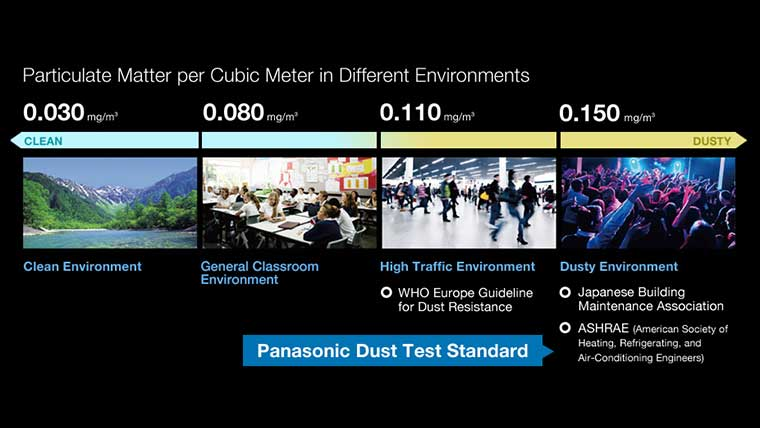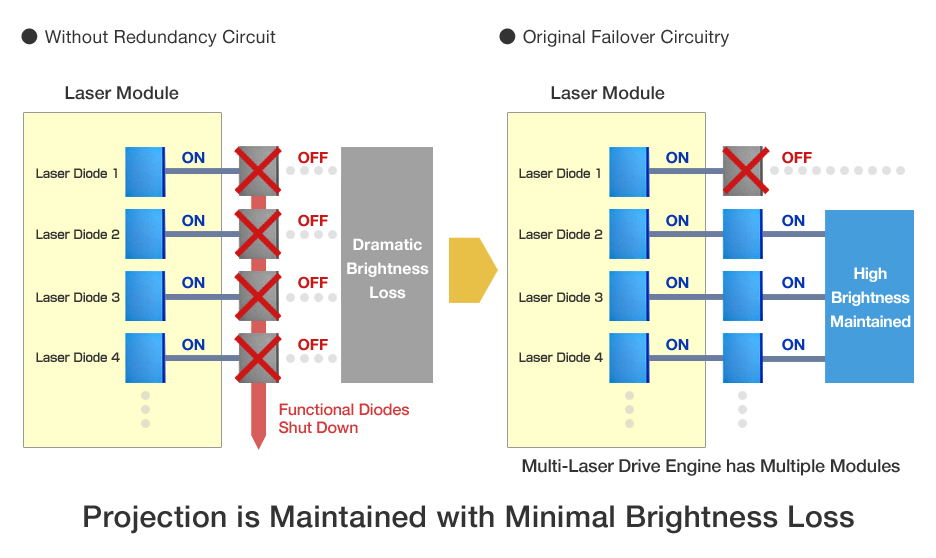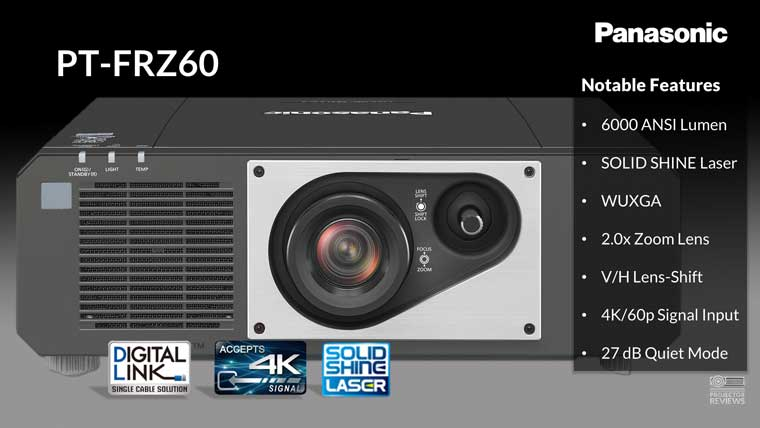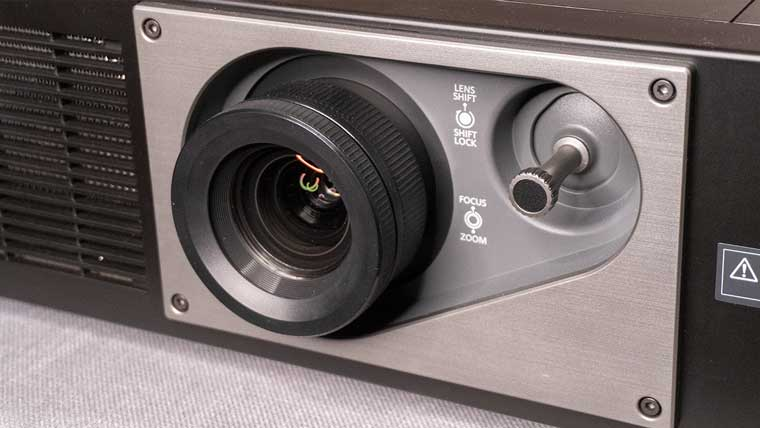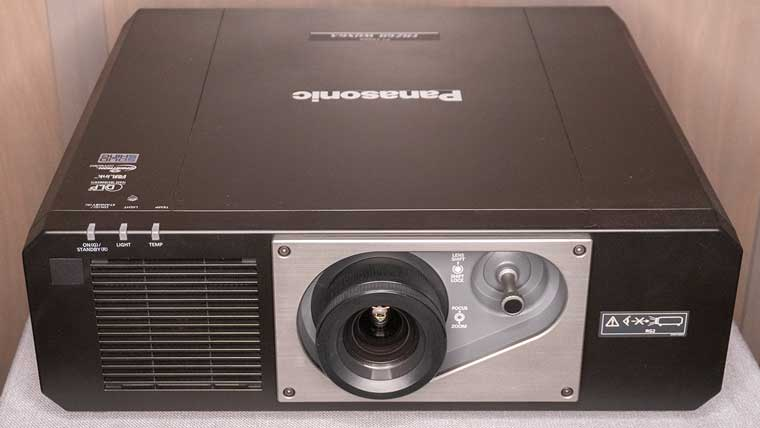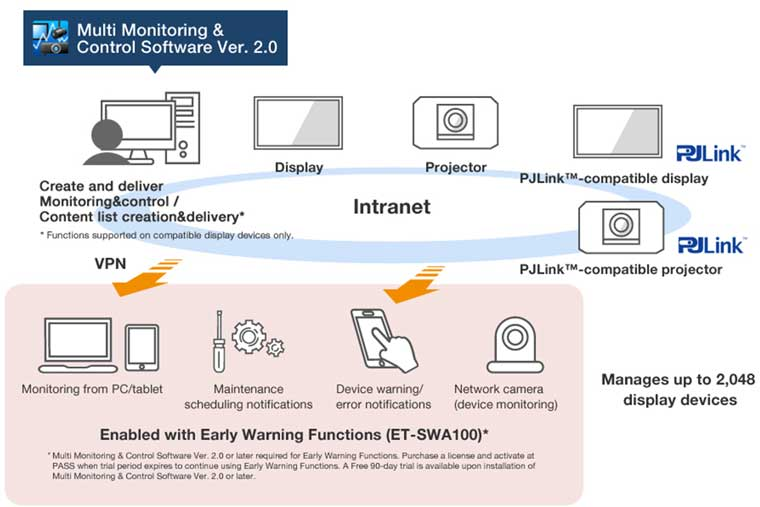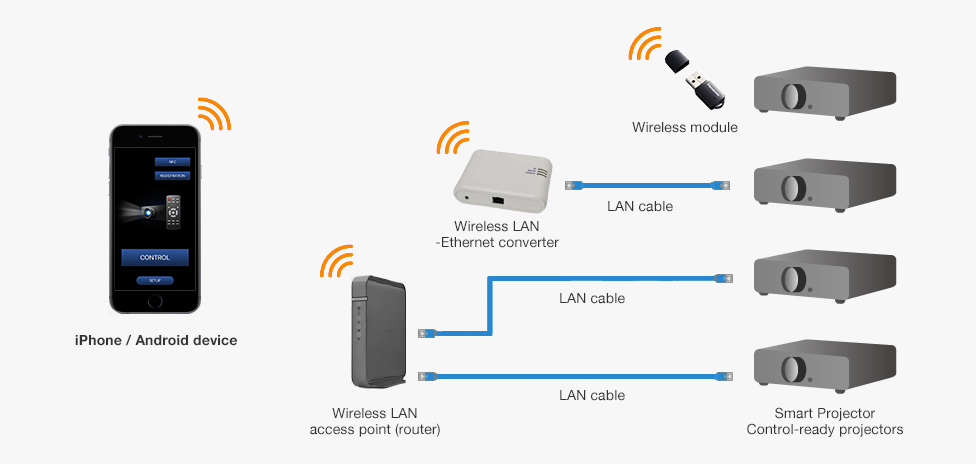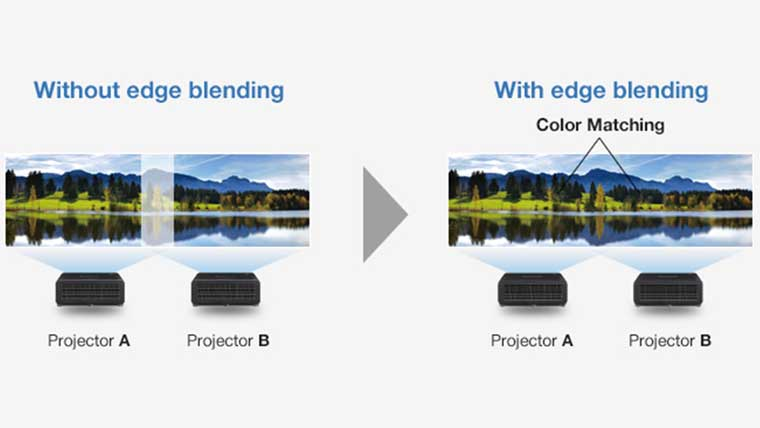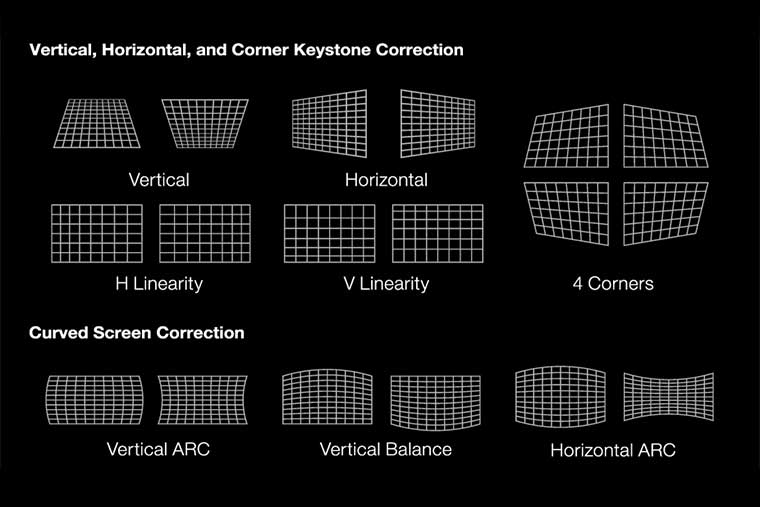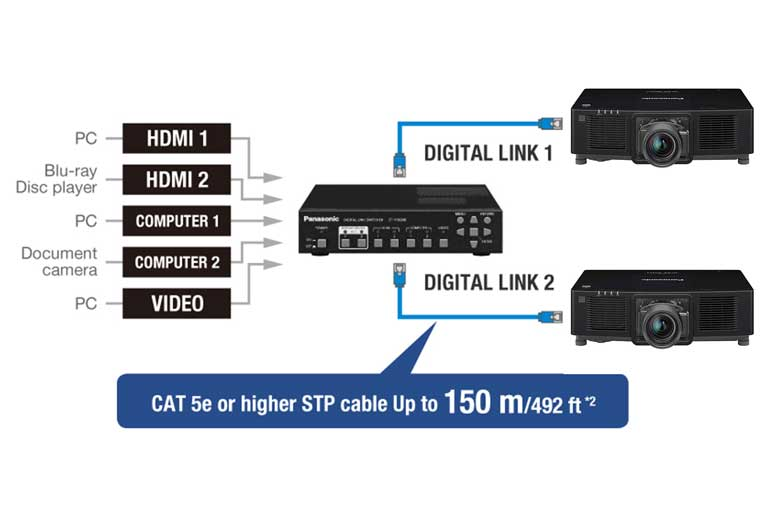Acer H9500BD Special Features
There are definitely a number of features worthy of conversation. Below we discuss most of the major features.
H9500BD Projector: 3D Performance
Over all 3D looks good but it's rough in terms of getting in and out of 3D. Switch from a 3D to a 2D source, while watching, it crossed my eyes, as the Acer doesn't come out of 3D but messes up the mode. Short version on that, I needed to manually take this projector out of 3D mode sometimes, when I wanted to go back to 2D content.
It seems sometimes you can leave it in 3D mode, with 2D content and it's fine other than a brief message that goes away. A few times, such as after content changes resolution, or perhaps a network break on HDTV, and I got a trashed signal.
Consider going back and forth from 2D to 3D content (or back), to be a manual operation for best results. I found the switching issues a bit annoying.
The Acer H9500DB has a 2D to 3D conversion. I barely looked at it. I prefer the real thing, not that it doesn't create a decent pseudo-effect. I just demand more, than basic 2D -> 3D, if I'm going to sit or move with glasses on. When I did watch it, it provided depth but with lots of "mistakes". No thanks, though the kids might like converting their content to the Acer!
The Acer's 3D glasses are white! And it turns out they are pretty light, a touch lighter than a couple other of the lighter ones so far. I like them. Acer doesn't make a big deal about them. I found them to be a touch tight. My buddy said that the Epson glasses are more comfortable. I agree, but it's not a huge difference.
Acer provides one pair with the projector. They use DLP-Link so you can use 3rd party glasses as long as there isn't a tint issue.
In 3D, the fancy features work. I'm talking about CFI - smooth motion - and dynamic iris, in particular. This wouldn't be a point of interest, as I would have hoped all projectors would keep these features live in 3D mode as well. Alas it isn't so. The competing Epson Home Cinema 3010's dynamic features do not operate in 3D (a real shame). Now I have to keep my eye out for which ones do, and which ones don't.
There aren't multiple picture modes (and limited adjustments) in 3D, just one mode. In terms of brightness, the H9500 3D brightness isn't based on the same brightness of its Bright mode, there's a visible drop. 3D mode falls in between. As a result, it definitely wasn't as bright as the Epson Home Cinema 3010. The Epson's "best" 3D mode isn't quite as bright as the Acer's one mode. For a 100" diagonal, the Acer can get by, but brighter projectors in 3D (since the glasses cost so much in brightness - about 75%), like the Epson or the Panasonic PT-AE7000, have the advantage. Overall color in 3D was good, not great, once processed through the glasses.
The 3D is just dandy. If you are more of a movie and projector enthusiast (remember, it's supposed to be about the content), and want 3D very close to the best 2D projectors, then this is the wrong projector. But that group will be a very small one. Consider 3D performance to be imperfect but fine for most of us. I had no real complaints but for the sometimes confusion mentioned above, and the inability to properly calibrate it. I logged more than 10 hours just on 3D movies, sports including an entire day of football, plus assorted "standard" 3D HDTV content.
H9500BD Creative Frame Interpolation - CFI - smooth motion
Wow, CFI - for smoother motion (great on sports - inserting extra frames averaging movement,), is somehat rare on projectors in this price range (except for some closeouts of more expensive models). Of course it will be common on all of them in another year or two.
The Acer H9500 projector's CFI is good, but not in any way exceptional. On movies it definitely adds too much "live digital video" look (soap opera effect), for movie enthusiasts, and probably most others that care. That is also true of almost all CFI's even on far more expensive projectors. Still, there are less noticeable ones out there.
On other content, it works fine, with minor noise spottable on occasion (looking for it). Even the high setting seems fine on NFL football, but use lower settings for everything non-sports.
On the other hand, two popular projectors we recently reviewed, in the same price range, the new Epson Home Cinema 3010, and the Optoma HD33 (both direct competitors), don't even offer CFI.
H9500BD Dynamic Iris
Most projectors under $1500 MSRP at this point, probably do not have dynamic irises. Most projectors selling for over $1500, do have dynamic irises.
In this case, the Acer H9500 projector is one of the $1500 - $2000 projectors that does have one.
Since the purpose of a dynamic iris is to lower blacks and expand the dynamic range of what you are watching (but not any single frame), there's a lot of variation from projector model to projector model.
The H9500 produces blacker blacks than the direct competition, and that's thanks to this iris, no doubt, and important.
The price may be that the Acer H9500BD seems to be a little slow, occasionally exhibiting what seems to be a little overshoot and back up (yo-yo effect). We've seen this many times before. This can make it slightly noticeable especially when changing from one scene to another of different brightness.
That said, while it's more detectable, than say the Epson HC3010 projector's dynamic iris, it delivers better blacks, in this case, a good trade-off. I'd rather have a little yo-yo/slow, than have a jumpy, jittery iris, which is a more prevalent problem with dynamic irises.
All considered, could be better, but the blacks it delivers makes me forgive it.
H9500 Projector - Lens Shift
For greater placement flexibility, the Acer H9500BD has both vertical and horizontal lens shift. This is discussed further on the Physical Tour page.
H9500BD Lamp Life
The Acer H9500 offers well better than average lamp life. Acer says the that the H9500BD lamp will last 3000 hours running at full power, and 4000 hours in eco-mode. The typical range of lamp life for projectors is from 2000/3000, to 4000/5000. There are a few exceptions - both lower and higher.
1.5:1 Zoom Lens
Not the greatest range in zoom lenses, but single chip DLP projectors rarely offer more than this much. That's pretty good flexibility provided by this manual zoom lens. with a 100" diagonal screen this will give you more than 5 feet of placement flexibility front to back. Most DLP's in the range are more like 1.2:1, which works out to about 2 feet of placement range. Only the Epson Home Cinema 8350 of similar or lower priced projectors offers significantly more (2.1:1 zoom). Although some other recently discontinued projectors including those from Sanyo, sported 2:1. (Sanyo was purchased by Panasonic, and has been exiting the home theater projector biz).
Bottom line, great placement flexibility for a DLP projector at the price, with only a couple of LCD home projectors offering more.

